The use of slitting machine to realize the personalized customization of hot stamping foil needs to be combined with the precise cutting ability of the slitting machine and the material characteristics of hot stamping foil, and it is completed through process optimization and process design. Here are the steps and key takeaways:
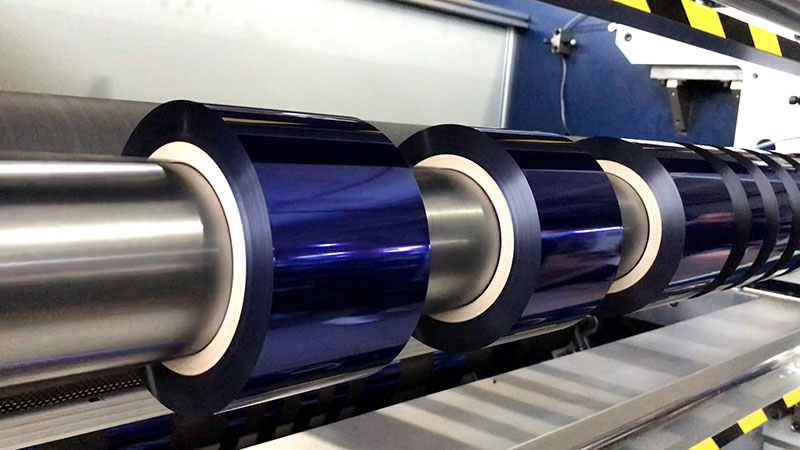
1. Clarify the needs of personalized customization
• Pattern/text customization: determine the shape of the hot stamping foil that needs to be cut (such as letters, logos, geometric figures, etc.).
• Size: Personalized size (such as narrow band, shaped width) or small batch multi-variety requirements.
• Color/material: Different colors of hot stamping foil need to be cut and spliced or layered.
2. Selection and transformation of slitting machine
• Equipment Selection:
◦ Laser slitting machine: suitable for complex special-shaped cutting (such as curves, hollowing), with high precision but high cost.
◦ Round knife/flat knife slitting machine: suitable for linear slitting, it needs to be equipped with a high-precision positioning system (such as servo motor + visual correction).
◦ Die-cutting machine linkage: directly die-cut out the shape after slitting, suitable for large quantities.
• Key Retrofits:
◦ Equipped with a CCD vision system to identify the pattern or mark position of the hot stamping foil.
◦ Customized toolholders for quick tool changes or dynamic adjustment of tool pitch (e.g., electric adjustment).
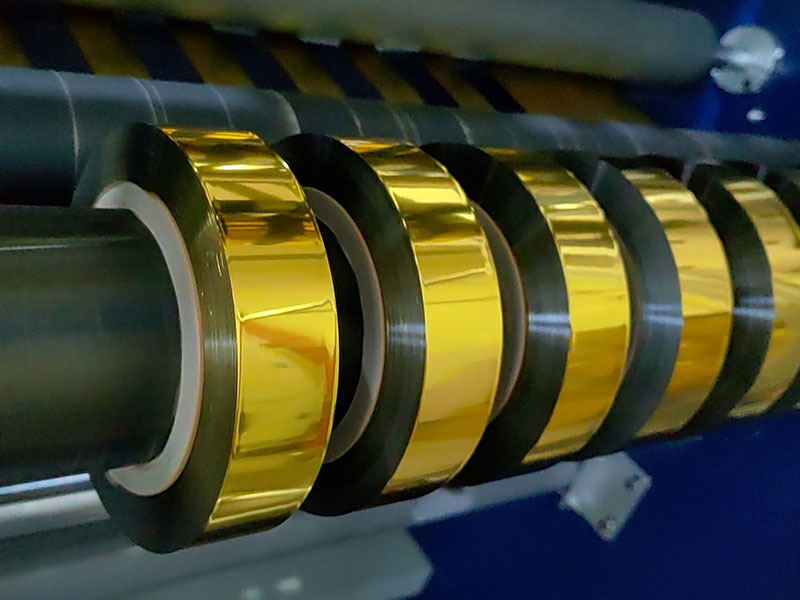
3. Key points of process optimization
• Material Pretreatment:
◦ The hot stamping foil should be rolled flat to avoid wrinkles in the roll (a static eliminator can be installed).
◦ Tension control of the release liner on the back side (to prevent breakage during slitting).
• Slitting parameters:
◦ Speed: Adjusted according to the material of hot stamping foil (PET substrate needs to be low-speed anti-melting).
◦ Knife pressure: Moderate pressure to avoid cutting through the release paper or burrs.
• Precision control:
◦ The slitting width error should be ≤0.1mm (high requirements for personalized labeling).
◦ Use infrared or ultrasonic sensors to monitor the slitting position in real time.
4. Personalized implementation plan
• Scheme 1: Slitting + digital hot stamping linkage
1. The slitting machine slices the wide foil foil into narrow rolls.
2. On-demand printing and positioning hot stamping via a digital hot stamping machine (e.g. Konica Minolta).
• Scheme 2: special-shaped slitting + splicing
1. The laser slitting machine cuts out the hot stamping foil fragments of a specific shape.
2. Manual or automated equipment collage onto the target carrier (e.g. box).
• Option 3: Variable data slitting
◦ The slitting machine is linked with the database to adjust the slitting length in real time (for example, each section of bronzing foil corresponds to different product IDs).

5. Quality control and precautions
• Testing:
◦ Inspect the smoothness of the slitting edge in-line (avoid flying gold when foil stamping).
◦ Sample to check the integrity of the release liner (too deep slitting will cause the hot stamping foil to fall off).
•Frequently asked questions:
◦ Foil foil adhesion: add a separator film or reduce the ambient humidity after slitting.
◦ Pattern offset: Use pre-register marks (such as crosshairs) to assist in slitting positioning.
6. Examples of application scenarios
• Luxury packaging: cut 0.5mm wide bronzing lines for edge decoration.
• Cultural and creative products: cut irregular bronzing stickers, handmade DIY use.
• Anti-counterfeiting labels: Cut microtext foil foil combined with holographic effect.
Through the precise control of the slitting machine and the process adaptation, the personalized customization of hot stamping foil can take into account both efficiency and uniqueness, especially suitable for the high-end market demand of small batches. The key points are the flexibility of the equipment (e.g. quick tool change) and the fine-tuning of process parameters.



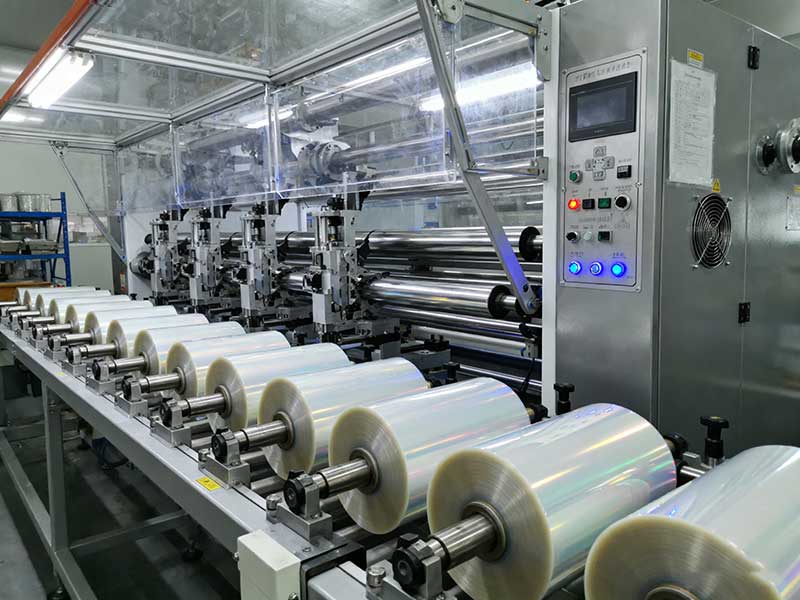
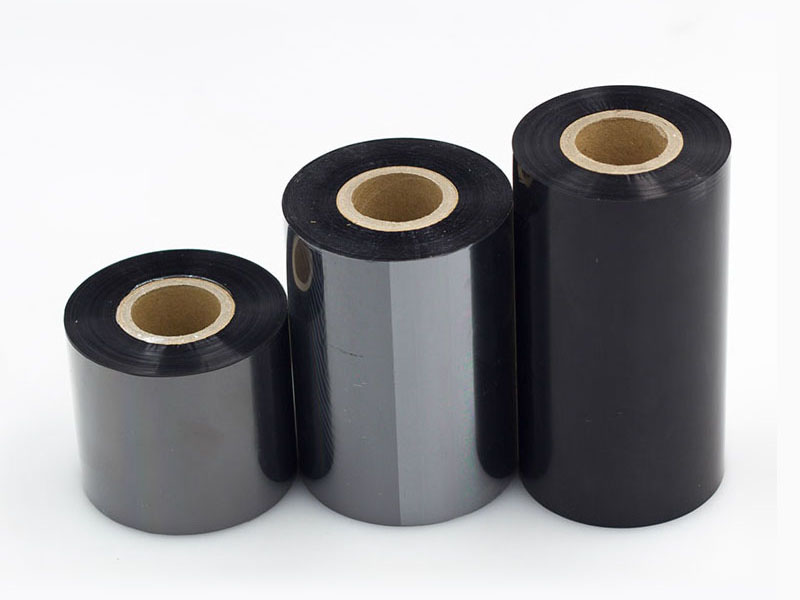
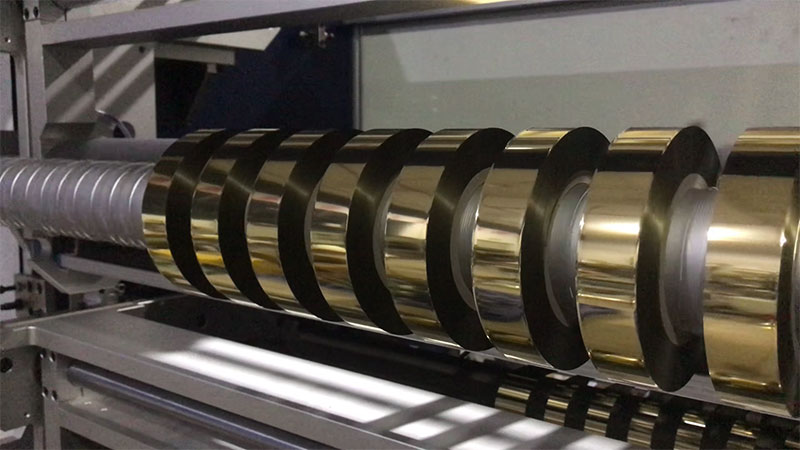
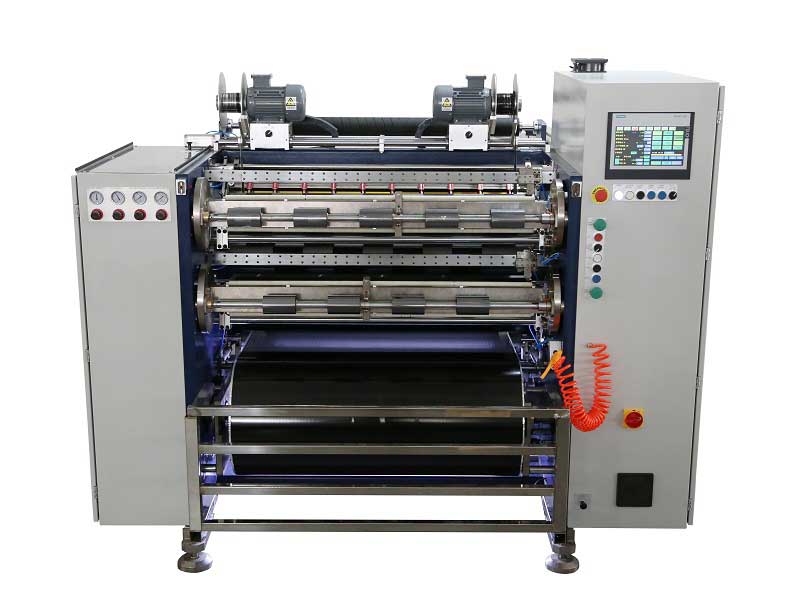 Automatic Thermal Transfer Ribbon Slitting Machine RSDS8 H PLUS
Automatic Thermal Transfer Ribbon Slitting Machine RSDS8 H PLUS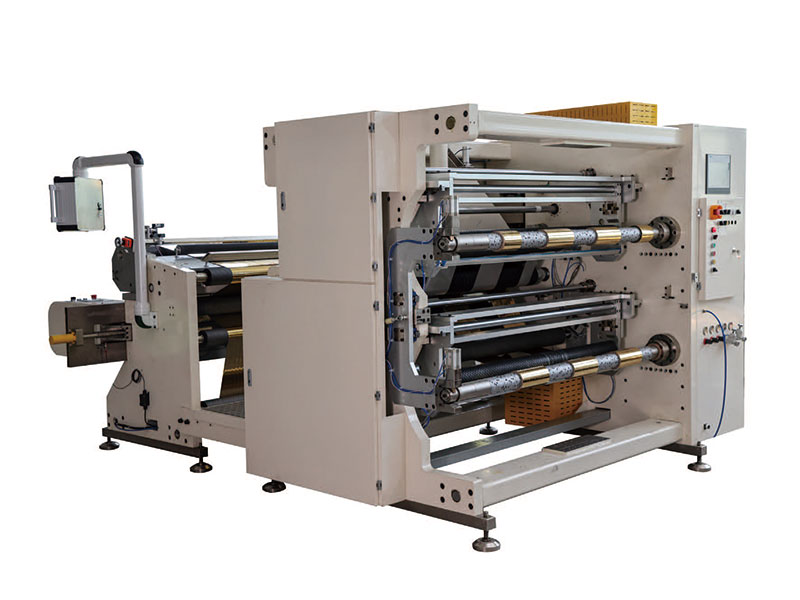 1400mm Hot Stamping Foil Slitting Machine
1400mm Hot Stamping Foil Slitting Machine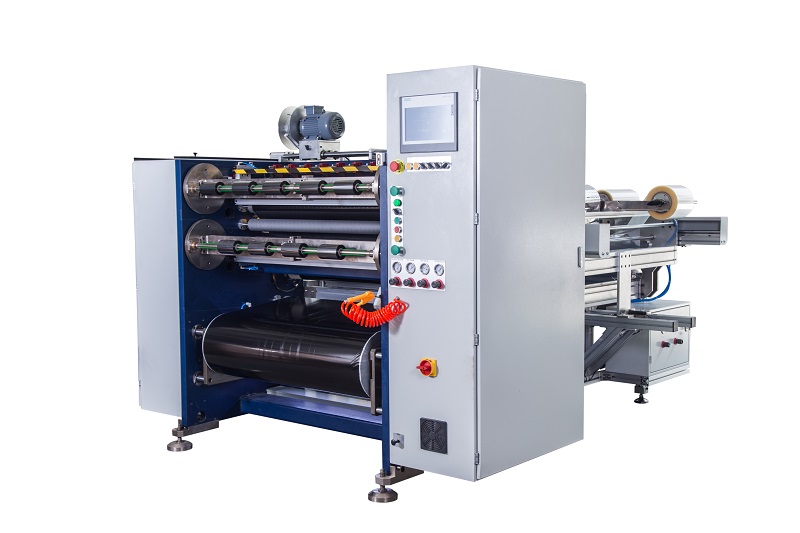 Semi Automatic Thermal Transfer Ribbon Slitting Machine RSDS5 PLUS
Semi Automatic Thermal Transfer Ribbon Slitting Machine RSDS5 PLUS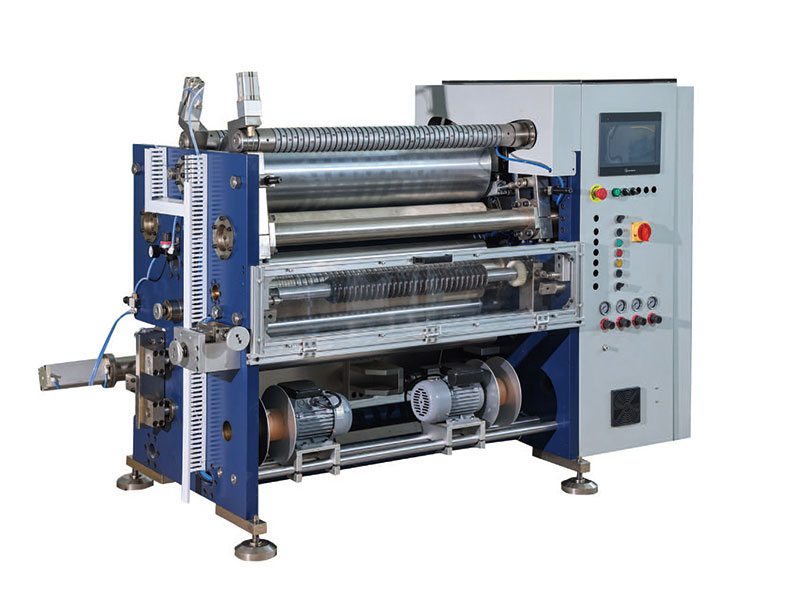 800mm Hot Stamping Foil Slitting Machine
800mm Hot Stamping Foil Slitting Machine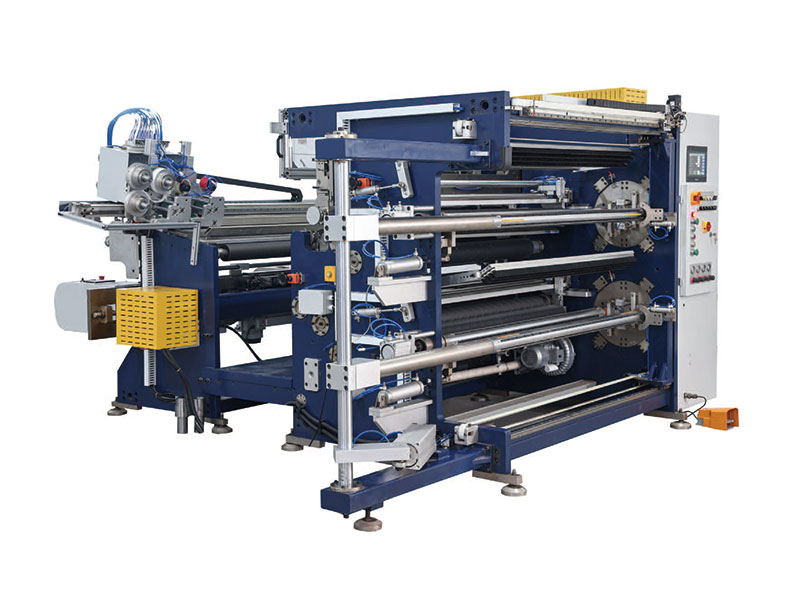 1350mm Hot Stamping Foil Slitting Machine
1350mm Hot Stamping Foil Slitting Machine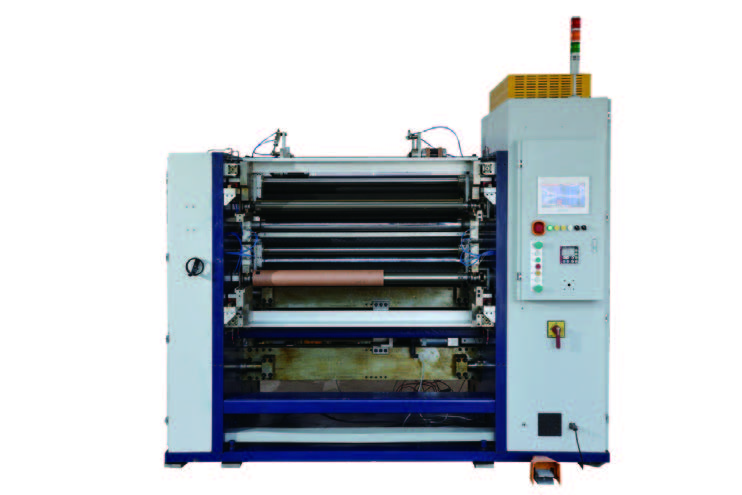 New Energy Ultra-thin Film Slitting Machine For Capacitive Film
New Energy Ultra-thin Film Slitting Machine For Capacitive Film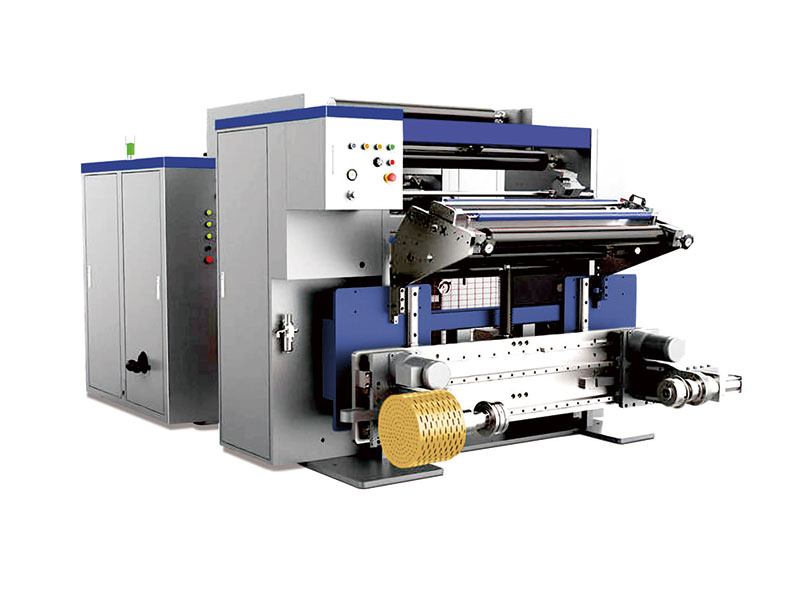 High Speed Slitting Machine
High Speed Slitting Machine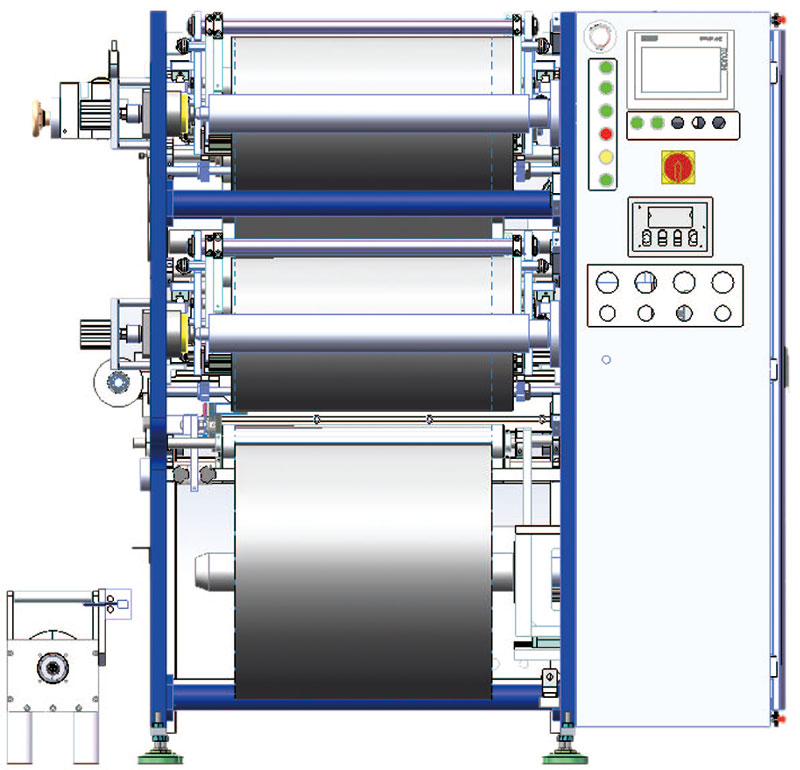 Customerized Slitter
Customerized Slitter

